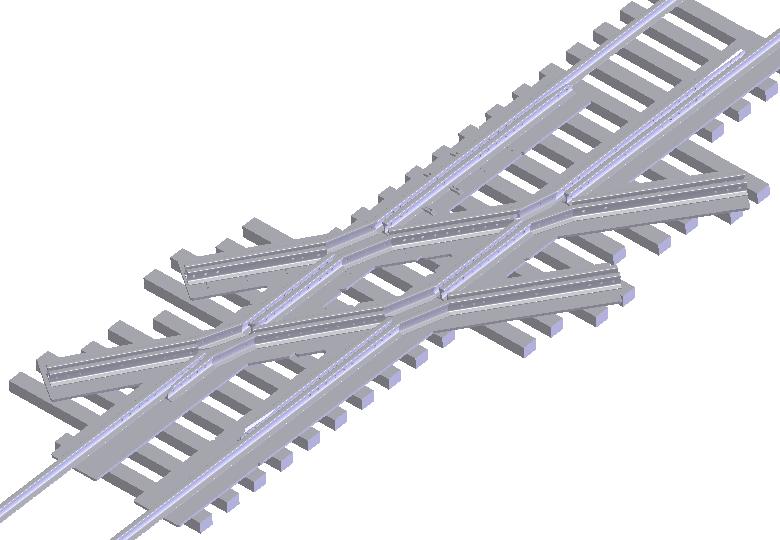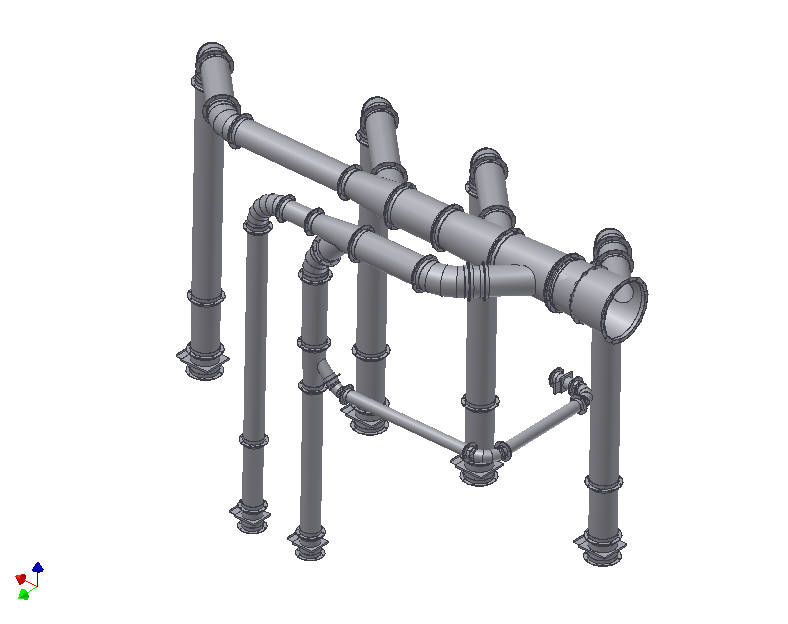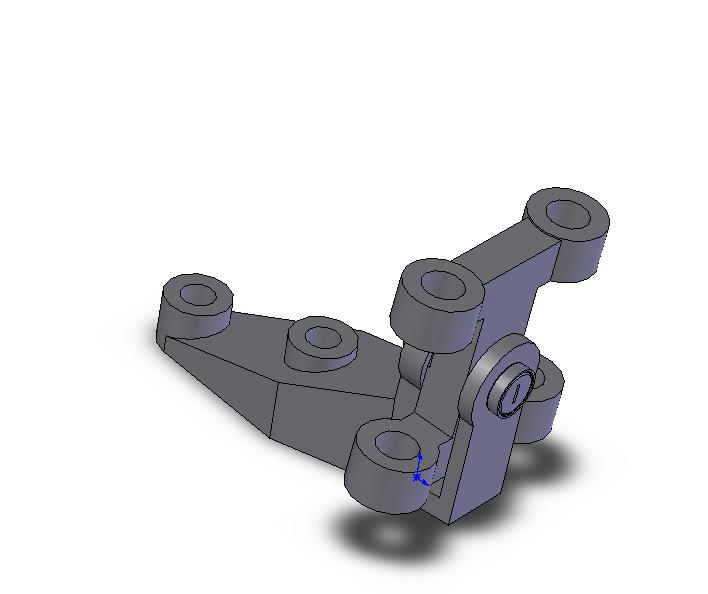Incineration of waste
Incineration of waste projects span the globe. Governments have many differing reasons in considering and adopting incineration from embracing the technology to genrate significant energy from waste to outriight banning the burning of waste fearing its impact on communities and the environment. In many places incineration of waste is the only viable option.
Waste to Energy
Modern incineration projects usually focus on WTE or Waste To Energy. To make WTE worthwhile you have to investigate the composition of the waste stream. There is far less energy to be reclaimed from wet sloppy kitchen waste but much more energy to be gained from waste wood and plastic. Some waste streams like medical waste really cannot be treated any better than by incineration.
There are many waste streams that can be addressed with different types of incinerators, from rotary kilns that process somewhat soggy sewage, to specialized e-waste units that get rid of old cellphones in an environtally responsible way. There are war on drugs incinerators that destroy drugs that have been seized by the police and drug enforcement authories as well as getting rid of expired prescription medicines. Units that dispose of construction waste are most common since this is a high energy fuel stream for WTE. Waste burners are purpose built for different types of waste.
The composition of the waste stream is very important. The pollution control equipment designed to clean flue gases are selected for specific types of waste. Filling a waste burner designed for municipal waste with old tires would completely overload the pollution control system. Thats why waste still has to be segragated before the incinerator. The proper recipe of burnable items has to be continually fed into the unit.
Opposition to Incinerators often focuses on Dioxin and Furan emissions from the smokestack. In modern incinerators there is a lot of pollution control equipment that gets installed between the waste burner and the stack that is used to remove as many dioxins and furans as possible along with a whole host of other contaminants.
Climate change has also forced an emphasis on Carbon Dioxide control. This involves taking the entire exhaust of an incinerator and storing it or turning it into some other useful chemical.
Stack design
One reason smokestacks need to be high is to disperse the tiny amount of dioxins and furans over the widest possible area avoiding any possibility of concentrating the material. Its also worth noting that dioxins and furans are also components of every automobile exhaust which is blown directly into our faces at street level.
Stack monitoring equipment
Stack particulate monitoring equipment has become de riguer for many types of prjects where EPA and other types of environmental regulations must be met. A particulate monitor is used in a feedback loop that aims to reduce particulate matter to promissed limits. When the monitor detects particles above a certain parts per million, it sends a signal to the PLC controlling the burner, dampers and venting as well as retention time systems to correct the burn and bring it back within standards.
Kilns
Kilns are not normally thought of as incineration equipment but recently the need to clean diesel engine exhaust has caused the need for diesel particulate filter cleaning (DPF's) to explode. Kilns can be used to bake off the contaminants and extend the life of these expensive filters and a large Kiln can process a large number of DPF filters at a time.
Incinerator Toilets
Incinerator toilets are perhaps the smallest of all incinerators and a novel approach to tackling human waste. One of the chief advantages is that they eliminate the need for costly and complicated septic tank systems in tiny homes. Not to mention they eliminate the need to use black water storage systems in recreational vehicles.



